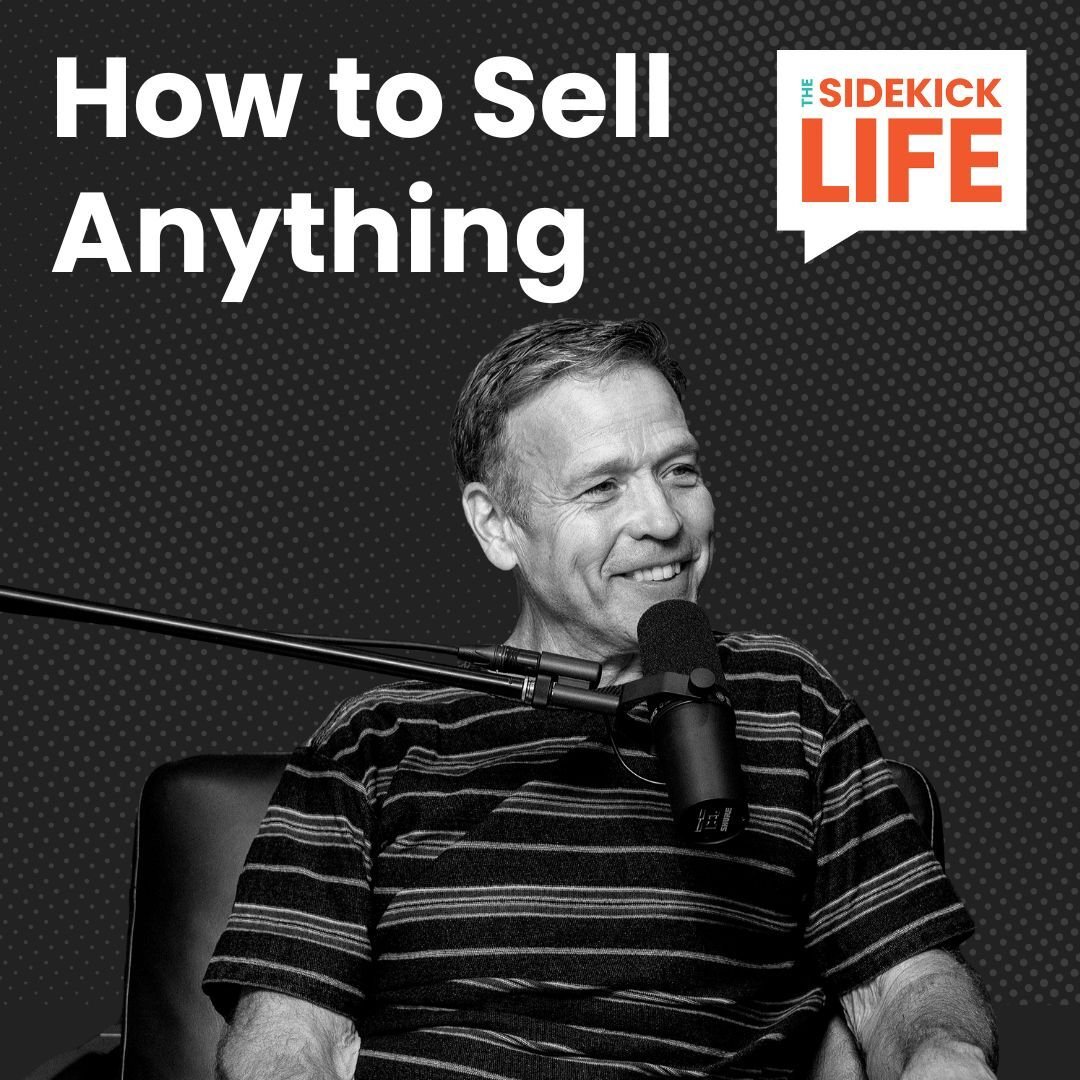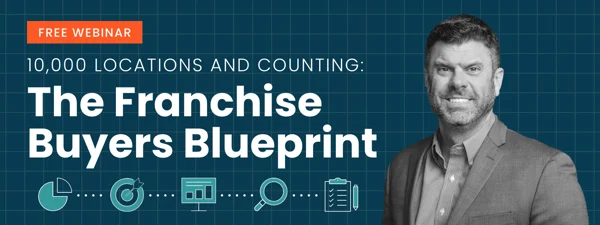In this episode of The Sidekick Life, we dive into how Donald Miller—author of Building a StoryBrand—uses his “front steps” PEACE soundbite framework to turn simple, repeatable messaging into sales, and how those same principles helped us name and position Franchise Sidekick.
Hosted by:
-

Ryan Zink
-

Tyler Altenhofen
Stop Blaming LinkedIn. Start Owning Your Brand.
The big idea
Before you do LinkedIn well, you have to really know yourself. This episode with Jason Feifer, editor in chief at “Entrepreneur,” flips the script on personal branding. Too many founders over-index on personal and under-invest in brand. Your audience doesn’t need your breakfast order – they need a clear promise they can recognize, repeat and share.
“This is not about being personal. This is about the other word – being a brand.” - Jason Feifer
Brand = SRS: Simple. Repeatable. Scalable.
A real brand is three things:
- Simple: Who’s your audience, what do they want, what are their pain points and how are you the solution?
- Repeatable: Say the same core truths in fresh ways … over and over. (Familiarity builds trust.)
- Scalable: Make it easy for others to understand and share your POV across platforms, formats and rooms you’re not in.
Checkpoint: If someone introduced you on stage tomorrow in one sentence, what would you want them to say?
Build your 5% character
You’re a 100% human – but only ~5% of you is relevant to the people you serve. That 5% is your on‑stage, on‑platform character.
How to craft your character:
- List the top pains your audience wakes up thinking about.
- Map your experiences/skills that best solve those pains.
- Circle the overlap. That’s your 5%.
- Define voice (energetic? analytical? coach?), boundaries (what you won’t talk about) and three to five signature ideas you’ll return to.
Ownable IP isn’t inventing new truths, it’s naming familiar truths so well that people remember them and remember you.
Worksheet prompts
- When people tag me, it’s usually for posts about …
- Three phrases I want associated with my name are …
- Topics I won’t touch are …
The 3-Hook Post Formula
Jason builds LinkedIn posts with three hooks:
- Visual Hook: A scroll‑stopping image (e.g., A/B packaging before/after).
- Relevance Hook: First line that signals who this is for and why it matters.
- Value Hook: Tease the payoff (“Do this and sales did that”).
Example (CPG redesigns):
- Visual: RXBAR’s original vs. iconic ingredient‑list packaging (side‑by‑side).
- Relevance line: “If you build CPG brands, here’s the redesign move RXBAR used before $XXX million in sales.”
- Value tease: “They simplified the promise. Here’s the three‑step checklist I use.”
Don’t just post interesting stuff. Post interesting visuals with context that advances your audience’s goals.
AI is a microwave (use it like one)
AI is amazing tech, but it’s not your head chef.
- It’s great for: First drafts, formatting, research prompts and turning voice memos into outlines.
- It’s not for: Final judgment, taste and earned perspective.
- Use this workflow: Capture idea → voice memo → AI first draft → human craft → publish.
You don’t cook every meal in a microwave. You also don’t ignore how convenient it is.
Opportunity Set B: Your growth engine
Most people live in Opportunity Set A: what your boss/clients ask of you. Career rocket fuel is Opportunity Set B: the projects nobody asked for that grow capability, surface demand and unlock rooms you don’t yet have keys to.
- Start the podcast before you’re invited on podcasts.
- Build the deck before anyone requests it.
- Publish the framework before you’re “ready.”
Rule: Do at least one Set B action every week.
Engagement that compounds
- Be accessible. Reply to comments and real DMs. Accessibility subverts expectations and creates fans for life.
- Manual welcome > automation. New connection? Send a human note with a relevant resource (e.g., your newsletter), but filter for senior execs.
Remember: LinkedIn optimizes for economic opportunity and relevance – not virality. A focused 6,000‑follower audience that buys beats 600,000 random likes.
Cadence you can keep
Consistency wins. If daily burns you out, start monthly, then go bi‑weekly, then weekly. System > streak.
Jason’s cadence: ~5 posts/week, plus daily idea capture and thoughtful comment/DM time.
Tell the story that sells
A simple arc you can use on stage, in pitch decks and on LinkedIn:
- Problem I faced (frustration or catastrophe).
- Solution I created for myself.
- It worked (evidence/outcome).
- Now I’m helping you do it, too (offer/CTA).
Use it across formats until your audience can repeat it back.
Design your state of being
Jason’s personal filter for choosing projects:
Physical motion + interesting people + interesting ideas.
Define your own “state of being,” then accept or decline opportunities that either reinforce or erode it. Time increases under pressure. Adding responsibilities forces better systems if you let it.
Test the edges (a Jimmy Fallon lesson)
Jason once interviewed Jimmy Fallon and almost resisted following up to “respect his time.” Fallon later said Jason was the only writer who ever took him up on a follow‑up – and respected the thoroughness.
Moral: Many of our “rules” are made‑up limits. Test them. Ask. Follow up. Be useful.
A 14‑day brand ownership sprint
Day 1-2: Write your one‑sentence brand promise and three signature ideas.
Day 3: Define your 5% character (voice + boundaries).
Day 4: Build a 10‑item “idea pantry” from client questions and recent conversations.
Day 5: Design three visual templates (before/after, checklist, quote card).
Day 6-7: Draft two posts using the 3‑Hook Post Formula.
Day 8: Turn one post into a 60-90s short video script.
Day 9: Publish post one. Spend 30 min in comments/DMs.
Day 10: Publish post two. Start a relevant conversation in three comment threads.
Day 11: Record the short.
Day 12: Publish the short; add a soft CTA (newsletter/demo/DM).
Day 13: Build a simple notion/doc tracker (ideas, posts, outcomes).
Day 14: Review results; decide your sustainable cadence.
Jason joined us to unpack his LinkedIn system: Simple. Repeatable. Scalable. + the 5% character + a 3-Hook Post Formula that turns attention into opportunity.
Previous Episode

Episode 29
